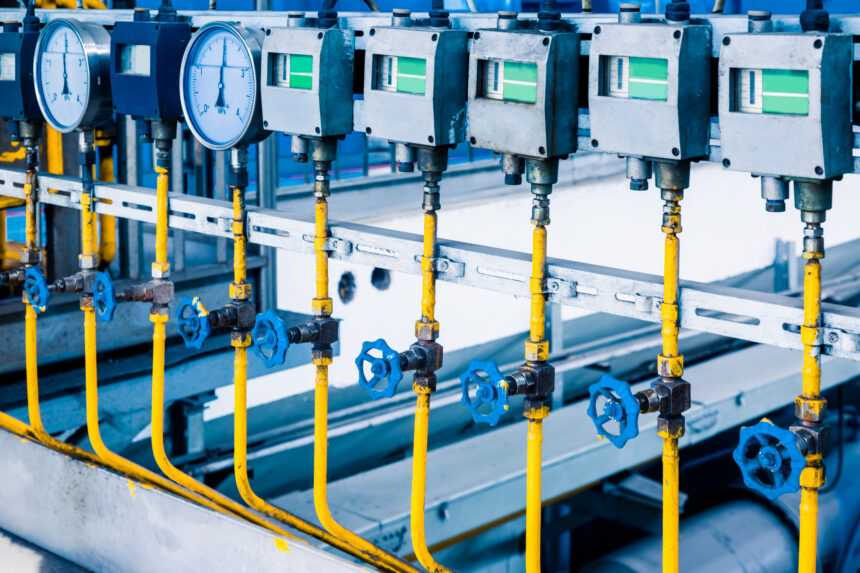High-performance power systems ensure smooth operations in industrial settings, data centers, and critical infrastructure. However, preventative maintenance is vital to keep these systems running at peak efficiency. Regular upkeep, along with proper motor control center installation, extends the lifespan of your power systems, minimizes downtime, improves safety, and reduces costly repairs.
In this blog, we will discuss essential preventative maintenance tips to help you maintain the reliability and efficiency of your high-performance power systems.
Why Preventative Maintenance Matters
Preventative maintenance involves regular inspections, testing, and servicing of equipment to detect and resolve potential issues before they escalate. For power systems, the stakes are high—unplanned downtime can disrupt production, compromise safety, and lead to significant financial losses. Adopting a preventative maintenance plan ensures that your power systems operate without interruptions, reducing the risk of equipment failures and ensuring energy efficiency.
Key Components of Power Systems Requiring Maintenance
Before delving into the maintenance tips, it’s essential to understand the core components of high-performance power systems that require regular attention:
- Transformers: Convert electrical energy from one voltage level to another.
- Switchgear: Manages power flow and protects systems from faults.
- Circuit Breakers: Interrupt electrical flow in case of overloads or faults.
- Uninterruptible Power Supply (UPS): Provides backup power in case of outages.
- Batteries: Store energy and ensure power continuity during outages.
- Power Cables and Connections: Transmit electrical energy throughout the system.
Each of these components requires specialized care to ensure optimal performance and minimize downtime.
Essential Preventative Maintenance Tips
1. Regular Visual Inspections
Performing regular visual inspections is one of the simplest yet most effective preventative maintenance tasks. Inspect all power system components—transformers, circuit breakers, switchgear, and connections—for visible signs of wear, overheating, corrosion, or loose connections. Catching these issues early can prevent costly damage later.
Pro Tip: Schedule monthly inspections to ensure no part of the system is neglected.
2. Thermographic Scanning
Thermal imaging, or thermographic scanning, helps identify hot spots in electrical systems that may indicate potential failure points. Overheating is a common sign of wear and tear in power components and can lead to serious faults if left unchecked.
Pro Tip: Conduct thermographic scanning annually, especially in high-load systems, to detect and address problems before they escalate.
3. Test Circuit Breakers and Protective Relays
Circuit breakers and protective relays are critical for preventing overloads and protecting your equipment. These should be tested periodically to ensure they trip properly during faults or surges. A malfunctioning breaker can lead to expensive damage and prolonged downtime.
Pro Tip: Perform manual testing and calibration of circuit breakers every 6-12 months to ensure reliability.
4. Clean and Maintain Switchgear
Switchgear plays a crucial role in directing power throughout your system. Dust, moisture, and debris can accumulate inside the switchgear, increasing the risk of malfunction or short circuits. Cleaning and lubricating the moving parts of switchgear will help maintain performance and avoid operational disruptions.
Pro Tip: Schedule a semi-annual cleaning of switchgear enclosures and inspect for any signs of wear or damage.
5. Monitor and Replace Batteries Regularly
The batteries in your Uninterruptible Power Supply (UPS) system are critical for ensuring backup power during outages. Batteries degrade over time, losing their ability to hold a charge, which can jeopardize power continuity in critical situations. Monitoring battery health and replacing them as needed is key to maintaining system reliability.
Pro Tip: Conduct load testing and capacity checks on UPS batteries every 6 months and replace any underperforming units.
6. Keep Power Cables and Connections Tight
Loose connections in power cables can lead to arcing, overheating, and electrical faults. During preventative maintenance checks, ensure that all cable connections are tight and secure. Check for signs of wear or damage, and replace cables if necessary.
Pro Tip: Conduct an annual inspection of all power cables and tighten any loose connections to prevent dangerous faults.
7. Test and Maintain Transformers
Transformers are vital to efficient power distribution. Over time, transformers can suffer from issues like insulation degradation, oil contamination, or overheating. Regular oil sampling and insulation testing can help identify problems early on and ensure transformers continue operating efficiently.
Pro Tip: Perform transformer oil analysis and insulation resistance testing every year to detect and address any emerging issues.
8. Implement a Predictive Maintenance Program
Predictive maintenance uses data from sensors, monitoring systems, and historical performance to forecast when equipment is likely to fail. By tracking metrics such as temperature, vibration, and energy consumption, you can address issues before they cause costly downtime.
Pro Tip: Invest in predictive maintenance tools, such as condition monitoring systems, to enhance your preventative maintenance strategy.
Conclusion
Preventative maintenance is the key to ensuring that your high-performance power systems, including your MCC motor control center, remain reliable, efficient, and safe. By implementing regular inspections, testing, and predictive maintenance strategies, manufacturers and industrial facilities can avoid costly downtime, extend equipment lifespans, and maintain optimal performance. Make preventative maintenance a priority, and your power systems will continue to operate at their best.







